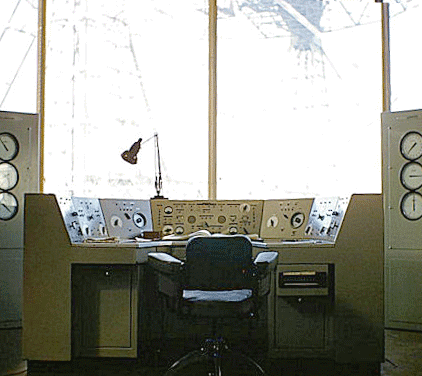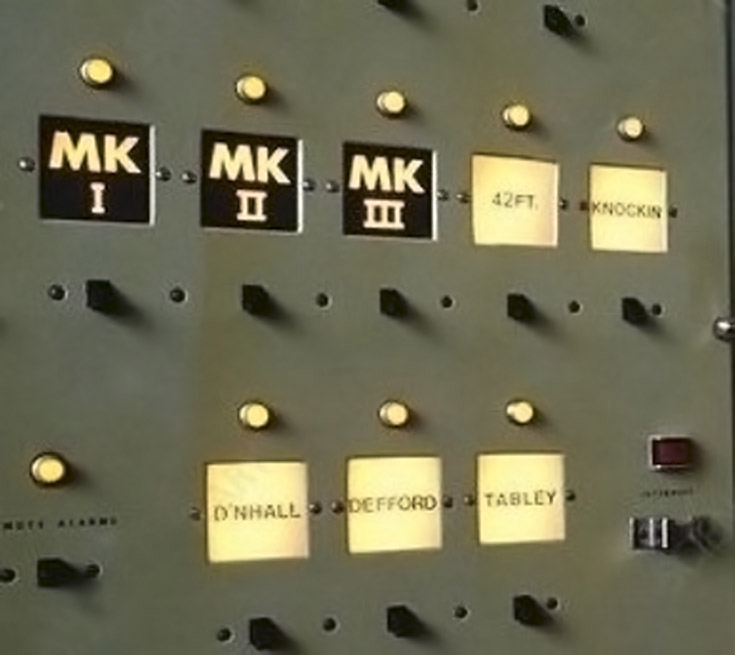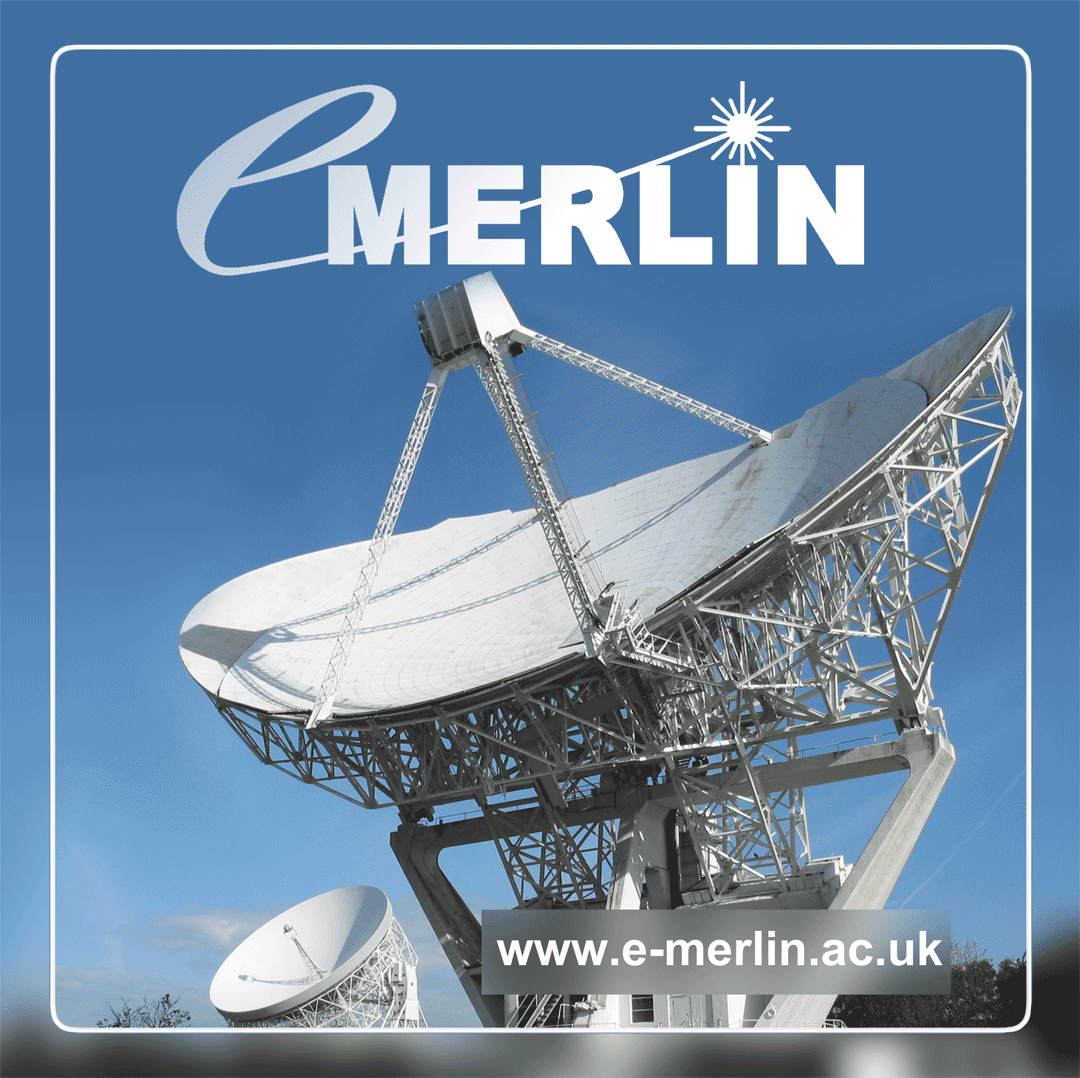PEBBLES will directly image the thermal emission from pebble-sized dust grains which will show where and when planet-core growth is proceeding, and identify actual accreting proto-planets. The program involves the development of the polarisation, mosaicing and phase referencing capabilities of e-MERLIN and the results will yield information which will guide the design of surveys with the SKA.
Time Allocation: 360 hours (e-MERLIN including Lovell Telescope).
PEBBLES is an ultra-deep continuum survey of the circumstellar disks that are predicted to be the most conducive to planet formation. Imaging the thermal emission from pebble-sized dust grains will show where and when planet-core growth is proceedings, and identify actual accreting proto-planets. The survey sample comprises a mass-limited cut from all known northern disks with long-millimetre wavelength dust emission, above a threshold of 2.5 times the minimum-mass Solar-nebula, at the theoretical boundary for forming the Sun's planets. The sample is otherwise unbiased and includes 19 young stellar objects and imageable disks in 13 fields, at distances <250 pc so that at 40 mas resolution the terrestrial planet zone is separated from that of gas giant formation. The span of stellar ages is ~0.1-7 Myr, i.e. the epochs of gas giant growth and early assembly stages of terrestrial planets. All systems will be imaged at C-band (5 cm) to a uniform mass depth of a few M_earth of dust (in the beam containing the Earth-formation zone requiring 468 hours in total including the Lovell Telescope. This will be the first survey of the inner disk regions at a few AU resolution and will exploit the uniquely optical-thin flux from these zones of very high column density. The survey results will show how planet growth proceeds - where, when, and with what outcomes - for comparison to inferred histories of the Sun and extrasolar planetary systems, and to our simulation results based on current planet-formation models. The scientfic legacy will also include measuring quantities vital to theoretical progress - particle sizes, disk surface densities and radial distributions, for the first time on few-AU scales - and providing a database of proto-planet targets for future followup with EVLA, ALMA and SKA.
Co-Investigators
Rachel Ainsworth (Dublin, UK), Nuria Calvet (University of Michigan, USA) John Carpenter (Caltech, USA) Claire Chandler (NRAO, USA) Bill Dent (ALMA) Carten Dominik (University of Amsterdam, The Netherlands) Emily Drabek-Maunder (Cardiff, data reduction lead) Helen Fraser (OU, UK) Gary Fuller (University of Manchester, UK) Antonio Hales (ALMA) Thomas Henning (MPIA, Germany) Brenda Matthews (ESA) Lee Mundy (University of Maryland, USA) Tom Muxlow (University of Manchester, UK) Raeesa Parker (UCLAN, UK) Ken Rice (Edinburgh, UK) Anita Richards (University of Manchester, UK, observation manager) John Richer (Cambridge University, UK) Anna Scaife (University of Manchester, UK, PEBBLeS AMI-LA lead) Dimitris Stamatellos (UCLAN, UK) Leonardo Testi (ESO) Derek Ward-Thompson (UCLAN, UK) Jack Welch (University of California, Berkeley, USA) David Wilner (CfA Harvard, USA) Kenny Wood (University of St Andrews, UK) Gerhard Wurm (Duisburg-Essen, Germany)
Publications
PEBBLES ADS Publication Library plus associated works that use PEBBLES data






